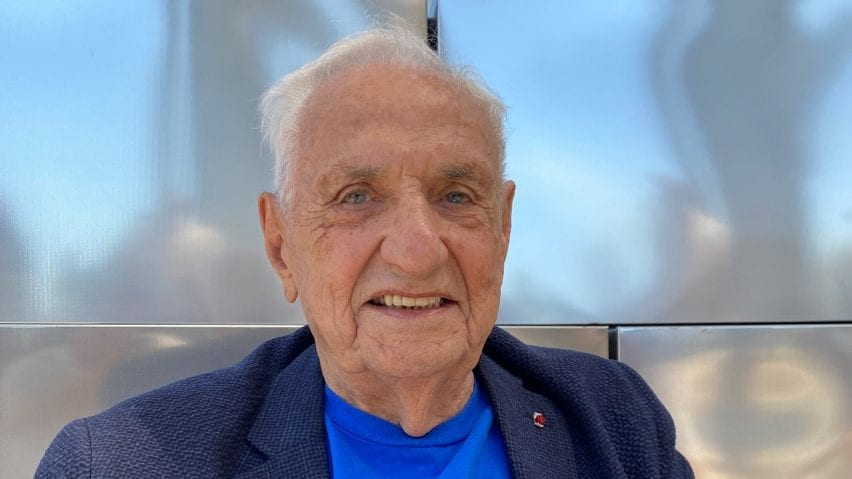Architect Frank Gehry did not consider himself to be part of the deconstructivism movement and was told by philosopher Jacques Derrida that his work was not deconstructivist.
Although many of Gehry's buildings are considered deconstructivist, when he was asked to be interviewed for Dezeen's series on deconstructivism his team explained that he did not see himself as part of the movement.
"Frank never considered himself a deconstructivist," said Gehry's spokesperson after speaking to him.
Although Gehry did not believe that he was a part of the deconstructivism movement, he participated in the seminal 1988 MoMa exhibition about the style.
Some of his most distinctive buildings are widely considered to be in the deconstructivism style, including the Walt Disney Concert Hall and Guggenheim Museum in Bilbao.
The Walt Disney Concert Hall is currently the feature image on the deconstructivism Wikipedia page.
However, according to the architect, his reluctance to be included as part of the style was confirmed by Algerian-French philosopher Derrida.
Derrida was a key figure in the development of the movement, as he developed the analytic tool called deconstruction that forms part of the style's name.
The term deconstructivism is a combination of the words deconstruction and constructivism – a style of modern architecture developed in the Soviet Union in the 1920s and 1930s.
"[Gehry] spoke to Derrida about this, and he agreed that Frank was not a deconstructivist," added his spokesperson.
Pritzker Architecture Prize winner Gehry is one of the world's best-known architects. Recently completed projects by the architect include the Luma Arles tower in France, the renovation and extension of the Philadelphia Museum of Art and Facebook's California campus.
One of the key styles of the 20th-century, deconstructivism was led by Gehry alongside architects Peter Eisenman, Zaha Hadid, Rem Koolhaas, Daniel Libeskind, Bernard Tschumi, and Wolf Prix.
Our deconstructivism series investigates the key architects and buildings that developed the style in the 1980s.

